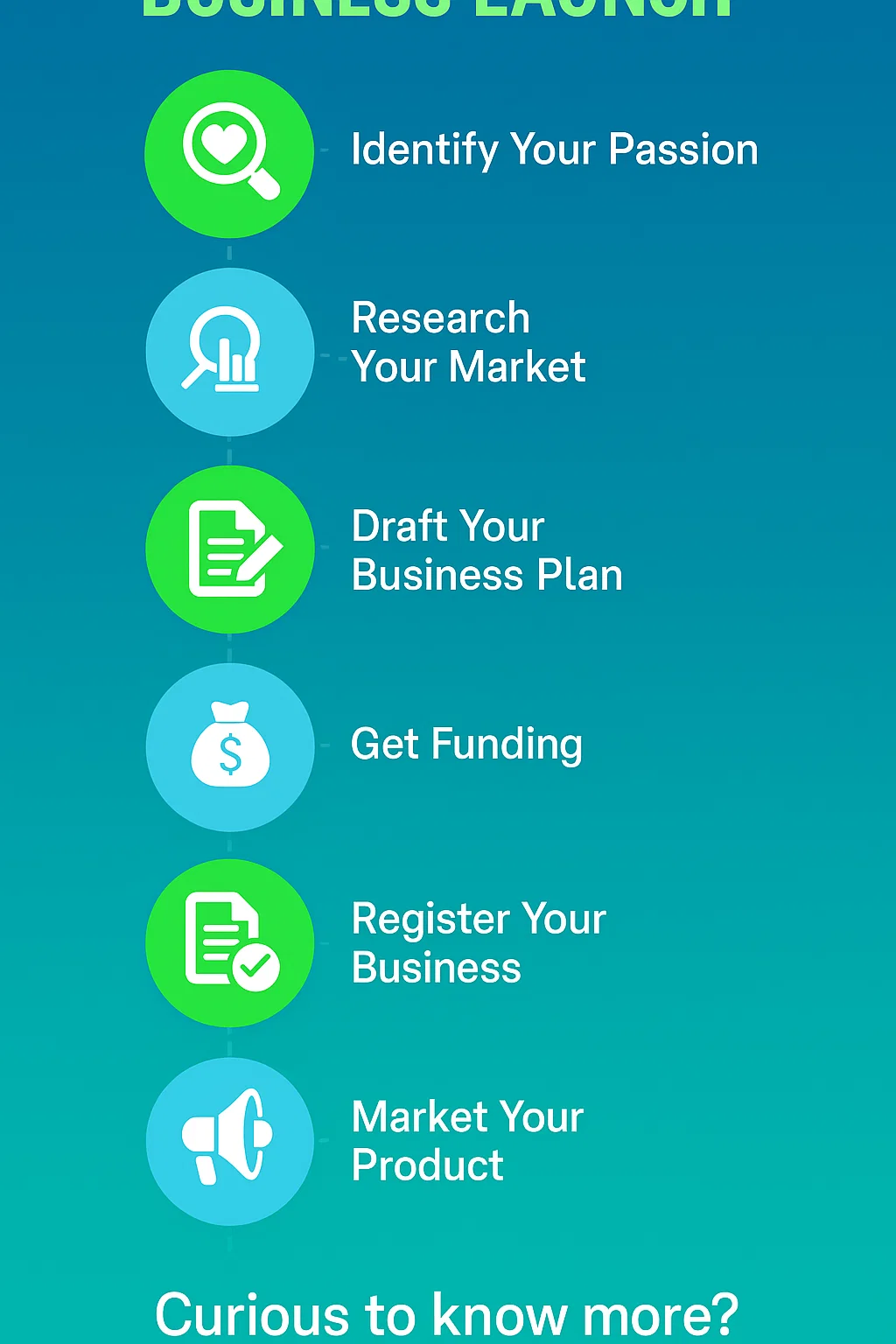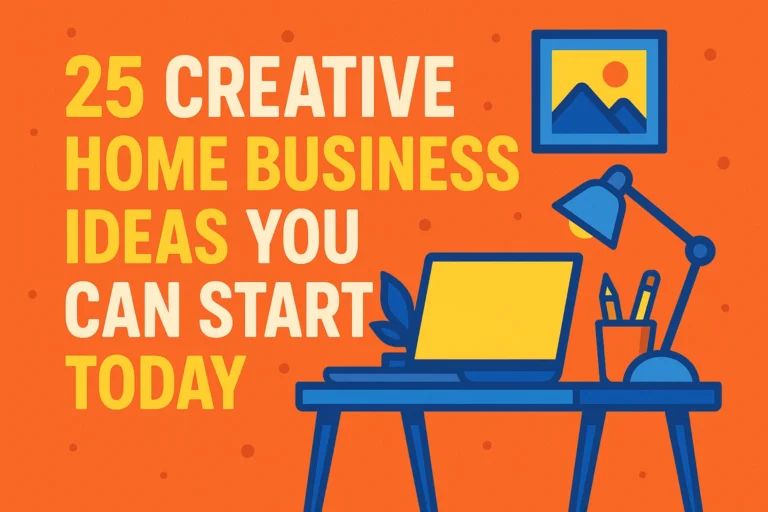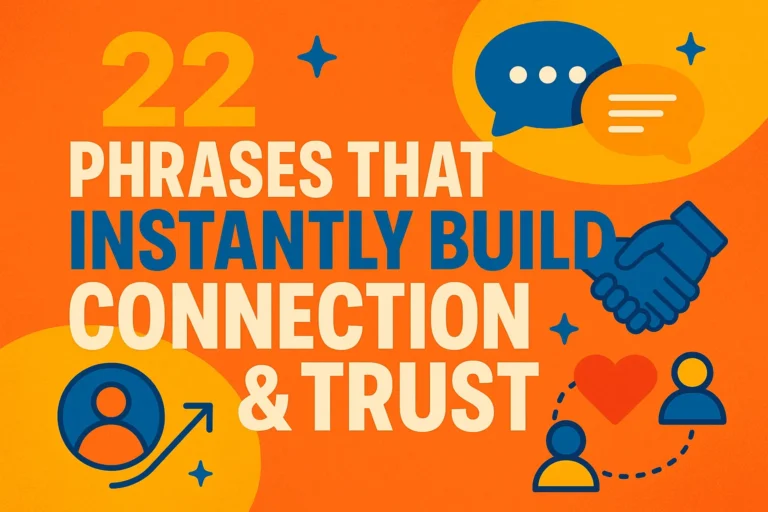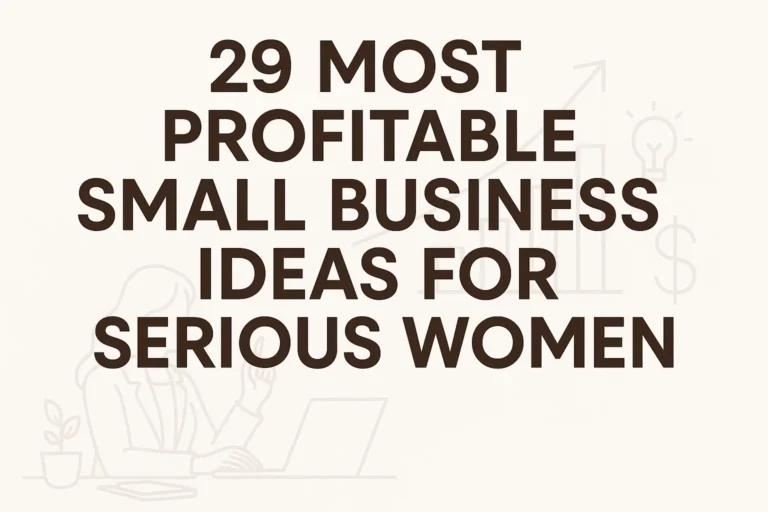5 Simple Steps to Start Your Small Business Successfully Today
Of course! Here is a 1,500-word SEO article crafted to your exact specifications.
5 Simple Steps to Start Your Small Business Successfully Today!
Alright, future mogul. Let’s have a real talk. You’ve got that killer idea. It’s the thing you think about in the shower, the solution you scribble on a napkin, the dream that keeps you up at night. But then… the fear sets in. The mountain of paperwork, the legal jargon, the sheer unknown of it all makes you want to slam the brakes and just stick to your day job.
Sound familiar? I get it. I’ve been there. The gap between a brilliant idea and a functioning business can feel like a canyon you’re supposed to jump across in a single, terrifying leap. But what if I told you it’s not a leap? It’s a series of small, manageable, and honestly, pretty exciting steps.
Forget the overwhelm. We’re going to break this down into a simple, actionable plan. No fluff, no corporate-speak—just a friendly chat about how to turn your “what if” into “what’s next.” Let’s get started.
Step 1: Get Your Idea Out of Your Head and Onto Paper
Before you even think about business cards or a fancy website, you need to do one crucial thing: validate your idea. This is the “reality check” phase, and skipping it is the number one reason new businesses fizzle out.
You might think your idea for artisanal, hand-knitted dog sweaters is a goldmine (and hey, it might be!), but does the world actually agree? This step is all about moving from assumption to evidence.
Start with a Lean Canvas
Instead of writing a 40-page business plan that will be outdated in a month, I’m a huge fan of the Lean Canvas. It’s a one-page business model that forces you to answer the nine most important questions about your business. Think of it as a business plan for people who hate busywork.
- Problem: What pain point are you solving?
- Solution: How does your product/service solve it?
- Unique Value Proposition: Why should customers choose you? (This is your elevator pitch!)
- Unfair Advantage: What can you do that others can’t easily copy?
- Customer Segments: Who are you selling to? Get specific!
- Channels: How will you reach these customers?
- Revenue Streams: How will you make money?
- Cost Structure: What will it cost to run this thing?
- Key Metrics: How will you measure success?
Filling this out isn’t just an exercise; it’s a revelation. It will expose the gaps in your thinking faster than you can say “venture capital.”
Talk to Real Humans (Yes, Really)
Your best friend and your mom will love your idea. Their opinions, while lovely, are worthless for market research. You need to talk to strangers in your target market.
Go where they are—online forums, Facebook groups, local coffee shops. Ask them about their frustrations. “What’s the biggest headache you have with [your industry]?” Don’t even mention your solution at first. Just listen. Their answers will tell you everything you need to know about whether your idea has legs.
Step 2: Make It Official (Without Losing Your Mind)
Ugh, paperwork. The least sexy part of the entire process. IMO, this is where most people’s enthusiasm goes to die. But it doesn’t have to be a soul-crushing experience. You just need to handle the basics to protect yourself and your future empire.
Choose Your Business Structure
This is a big one, and it has major legal and tax implications. Here’s the simple breakdown:
- Sole Proprietorship: The easiest and cheapest. You are the business. The downside? You are personally liable for everything. If the business gets sued, your personal assets (your house, your car) are on the line. Great for a super low-risk side hustle, risky for anything else.
- LLC (Limited Liability Company): My go-to recommendation for most new small businesses. It’s the sweet spot. It protects your personal assets (hence the “Limited Liability” part) without the complexity of a corporation. It’s a bit more paperwork and cost than a sole prop, but the peace of mind is 100% worth it.
- Corporation (S-Corp or C-Corp): This is for when you’re planning to bring on a ton of investors or go public someday. It’s overkill for most people just starting out.
The Non-Negotiable Basics
Once you pick a structure, you need to handle a few admin tasks:
- Get an EIN: It’s like a social security number for your business, and it’s free from the IRS website. You’ll need it to open a bank account.
- Open a Business Bank Account: Please, for the love of all that is holy, do not mix your personal and business finances. It’s an accounting nightmare waiting to happen. Keep it separate from day one.
- Check Local Licenses: Your city or county might require a basic business license to operate. A quick search on your local government’s website should clear this up.
See? Not so bad. You can knock most of this out in an afternoon. 🙂
Step 3: Know Your Numbers (Because Money Isn’t Magic)
If you glazed over at the last step, you might really hate this one. But stick with me! You don’t need to be an accountant, but you absolutely must have a basic grasp on your numbers. A business that doesn’t understand its finances is a hobby, not a business.
Create a Simple Startup Budget
What will it actually cost to get your first sale? List everything:
- Legal fees (LLC filing)
- Website domain & hosting
- Initial inventory or software subscriptions
- Marketing materials
- Business license costs
Add it all up. That’s your startup number. How will you cover it? Savings? A small loan? This is your first financial reality check.
Understand Your Pricing
This is where so many passionate entrepreneurs screw up. They undercharge because they’re afraid of scaring people away. But underpricing is a fast track to burnout and failure.
Here’s a brutally simple formula to start with:
Cost of Goods Sold (COGS) + Labor + Overhead + Desired Profit = Your Price
Don’t just guess. Research what competitors charge. Then, anchor your value on the problem you solve, not the hours you put in. Are you saving your client time? Making them money? Reducing their stress? Price accordingly.
Step 4: Build Your Minimum Viable Presence
You have a validated idea, you’re official, and you know your numbers. Now it’s time to build your storefront! But hold on—don’t go spending $10,000 on a custom website and a warehouse full of inventory just yet.
Embrace the “Minimum Viable Product” (MVP)
Your MVP is the simplest version of your product or service that you can offer to real customers to start getting feedback. The goal is to start learning what works before you max out your credit cards.
- Selling a physical product? Don’t order 1,000 units. Order 10. Or use a print-on-demand service to test designs.
- Starting a service business? Offer your service to a few beta clients at a discount in exchange for a testimonial.
- Building a SaaS app? Start with a basic, functional version with just the core feature.
Your Digital Home Base
For 99% of businesses today, you need an online presence. But again, think simple.
- Secure Your Social Handles: Get your business name on the key platforms (Instagram, Facebook, LinkedIn) even if you don’t plan to use them all immediately.
- Buy Your Domain Name: Keep it simple and easy to spell.
- Build a Simple Website: You don’t need a complex site. You need a single landing page that clearly states who you are, what you do, and how people can buy from you or contact you. Platforms like Carrd or Canva Websites make this stupidly easy and affordable.
The goal here is to exist online and start building trust. You can add the fancy bells and whistles later.
Step 5: Find Your First Customers and Shout It From the Rooftops
You’re open for business! Now… where is everyone? Waiting for customers to magically find you is a recipe for silence. You have to go out and get them.
Leverage Your Network (The Right Way)
Don’t just spam your Facebook friends with a link. Make a personal announcement. Send individual messages to people you think would genuinely be interested or who might know someone who is. A personal touch goes a long, long way.
Provide Value First
Nobody likes a hard sell. Instead of just saying “buy my thing,” provide free value that attracts people to you.
- Share your knowledge. Post tips related to your industry on social media.
- Answer questions in online forums (without being spammy).
- Create one piece of helpful content—a short blog post, a quick video, a useful PDF guide.
When you help people for free, they start to see you as an expert. And people love buying from experts.
Just. Get. Started.
Your first marketing campaign won’t be perfect. Your first sales pitch will be awkward. Your first product might have a flaw. The key is to start, get feedback, and adapt. Analysis paralysis is the dream killer. Action is the antidote.
You’ve Got This
Look, starting a business is a wild ride. It’s equal parts terrifying and thrilling. There will be days you feel like a genius and days you’re convinced you’re the world’s biggest fool. That’s not a sign you’re failing; it’s a sign you’re learning.
These five steps are your map. They won’t prevent every pothole, but they will keep you moving in the right direction without getting completely lost in the weeds. FYI, the “perfect” time to start will never arrive. The best thing you can do is take that first small step today.
So, what’s it gonna be? Are you ready to make your side hustle your main thing? Let me know which step you’re tackling first







